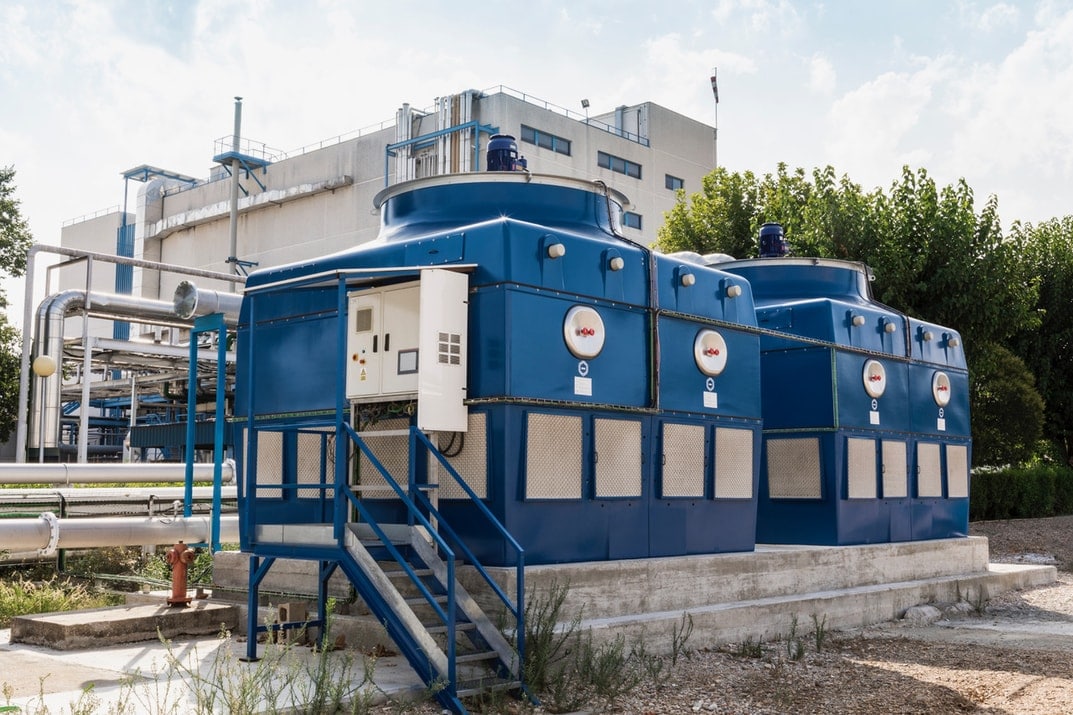
The Challenge
Cooling Tower reseller Cool Industries offers EWK and Thermofin Cooling Towers to customers in the Process Industry like Breweries, Food Industry and critical energy solution for datacenters and hospitals. Cooling Towers are used to reduce the temperature of Machines, Liquids, Gasses and Processes. Machines in the Process industry often operate 24/7 and their Cooling Towers therefore need to do the same. Cooling Towers are often located at hard-to reach locations (on the roof, at the end of the Industrial complex), they hardly fail, and certainly not during office hours. But when they do fail, it can damage the underlying production equipment and are often the cause for a complete production shut-down.
Additionally, industrial Cooling consumes a significant amount of energy and water. Any reduction in the use of energy could save cost and support the reduction of CO2 emissions.
The Solution
FS2D supported CI with the development of a system to monitor critical parameters from their cooling towers. With FS2D’s Sensors and Cloud Platform, and the domain knowledge from Cool Industries they can predict causes that have a negative influence on the uptime of their customers’ Cooling Towers. One of their customers operates a factory with a lot of trees in the area. Each Springtime a large concentration of pollen is getting sucked through the cooling towers. The pollen cause clogging of the filters; as a result cooling towers are using too much energy, which ultimately results in a shut down of production. By measuring pressure and energy consumption the client has now insight when to change the filter pro-actively.
The Reward
The client of CI has installed a second filter which they can change during production; the INSIGHT platform informs them when a change is needed. This simple action leads to more undisturbed production and significant energy savings.
Want to learn more about Machine Monitoring in the Process Industry, please contact From Sensor to Data
